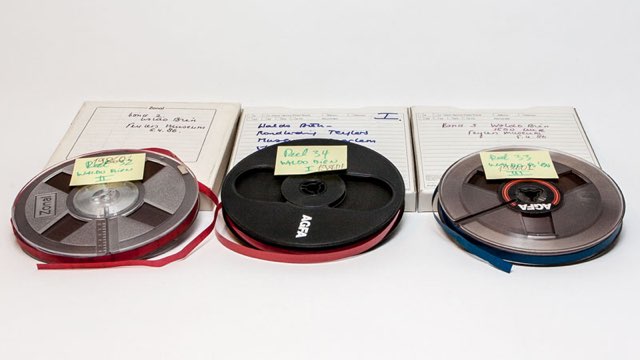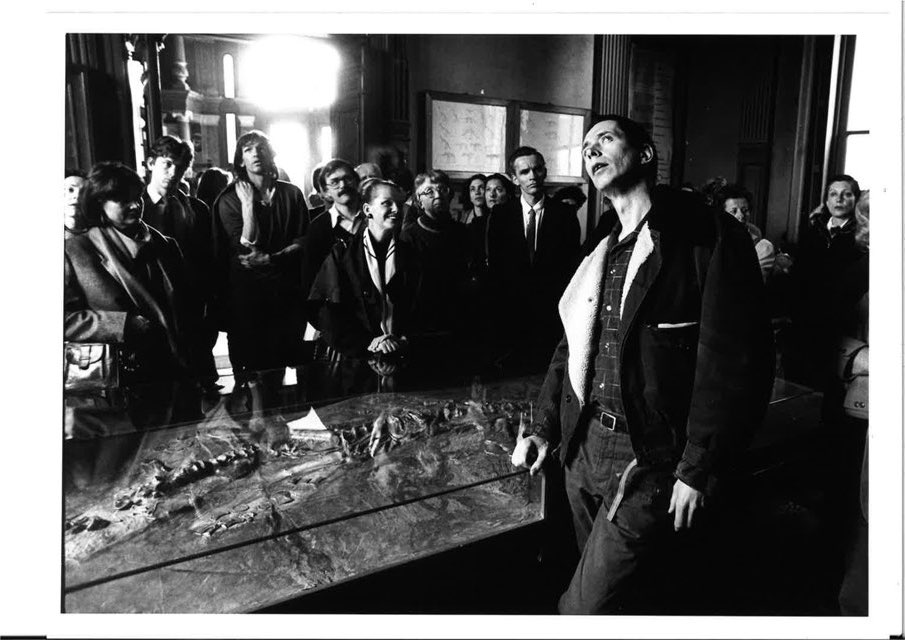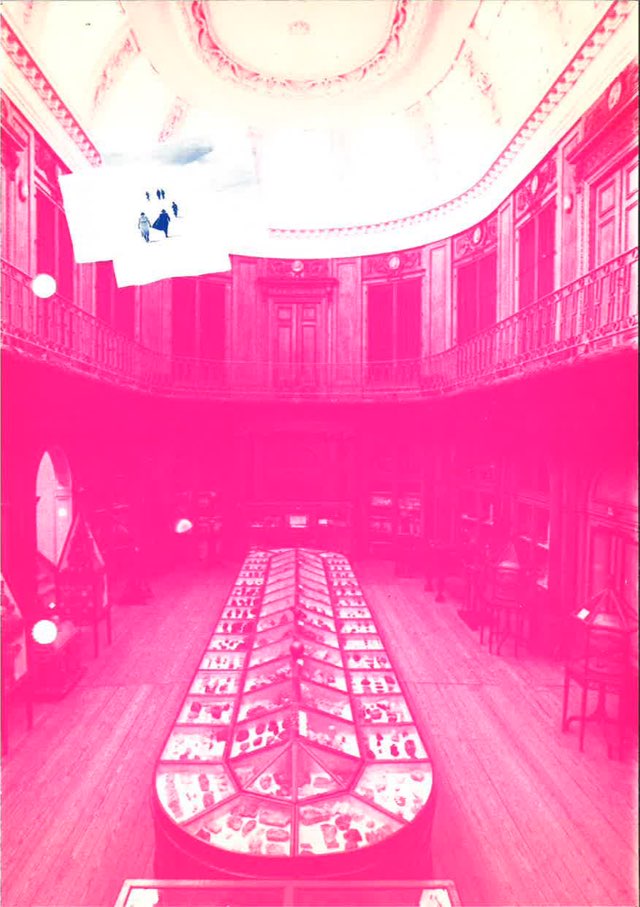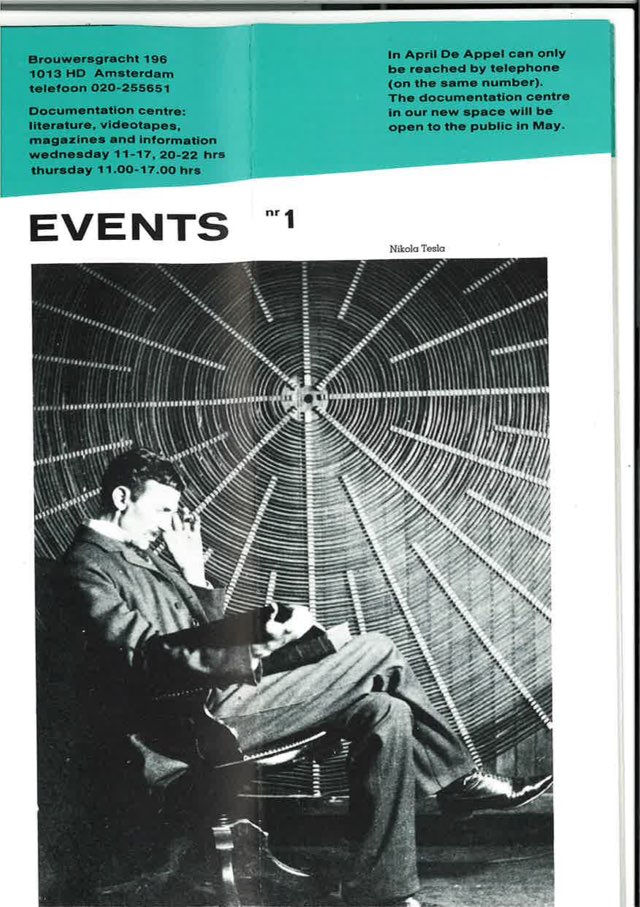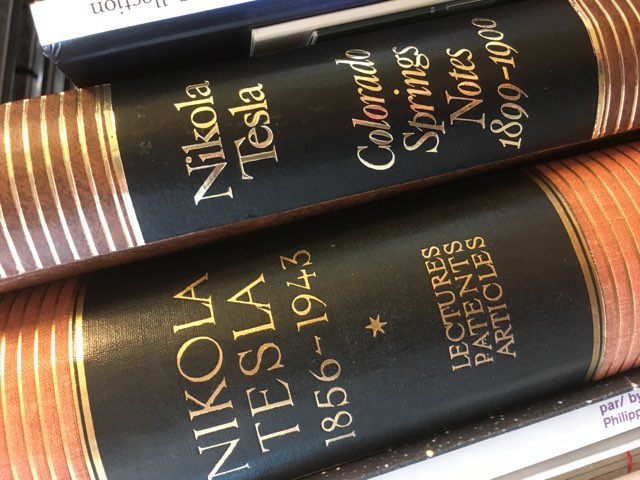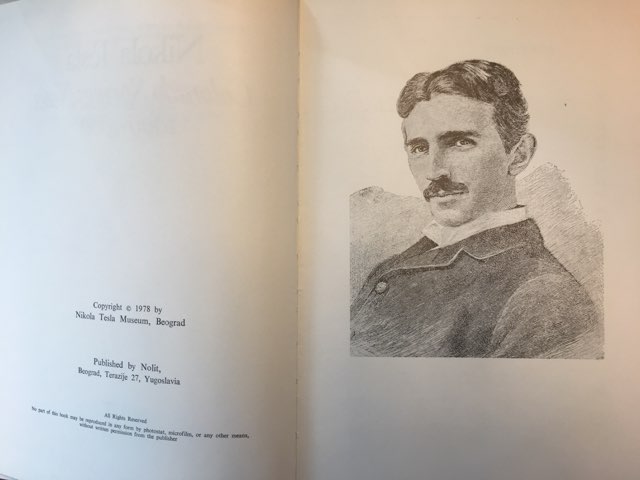Waldo Bien & Velimir Abramovic "Transformaties in het bewustzijn & Tesla's Point of View"
05.04.1986
Teylers Museum, Spaarne 16, Haarlem
Teylers Museum, Spaarne 16, Haarlem
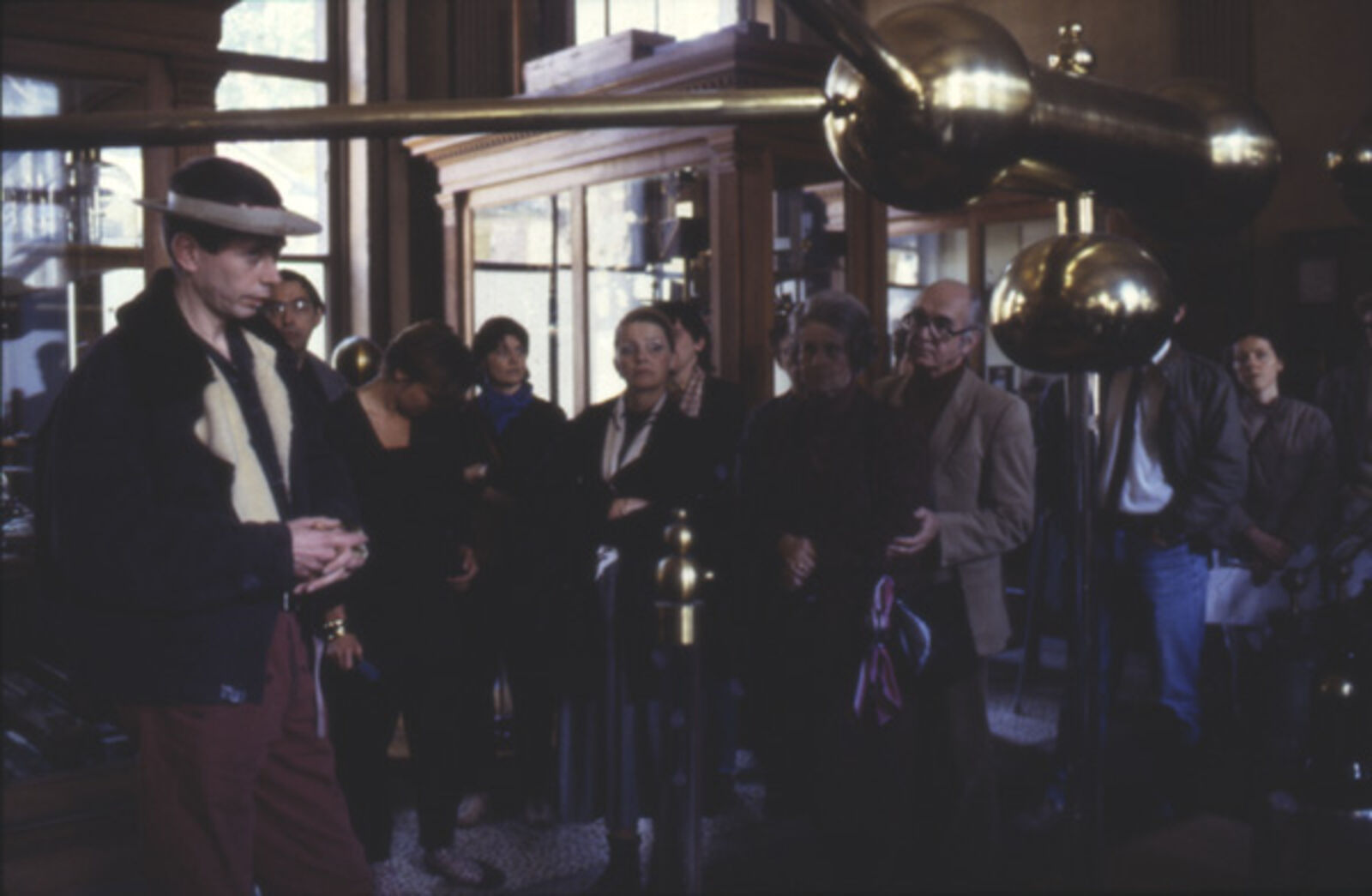
Waldo Bien, Transformations in the consciousness I
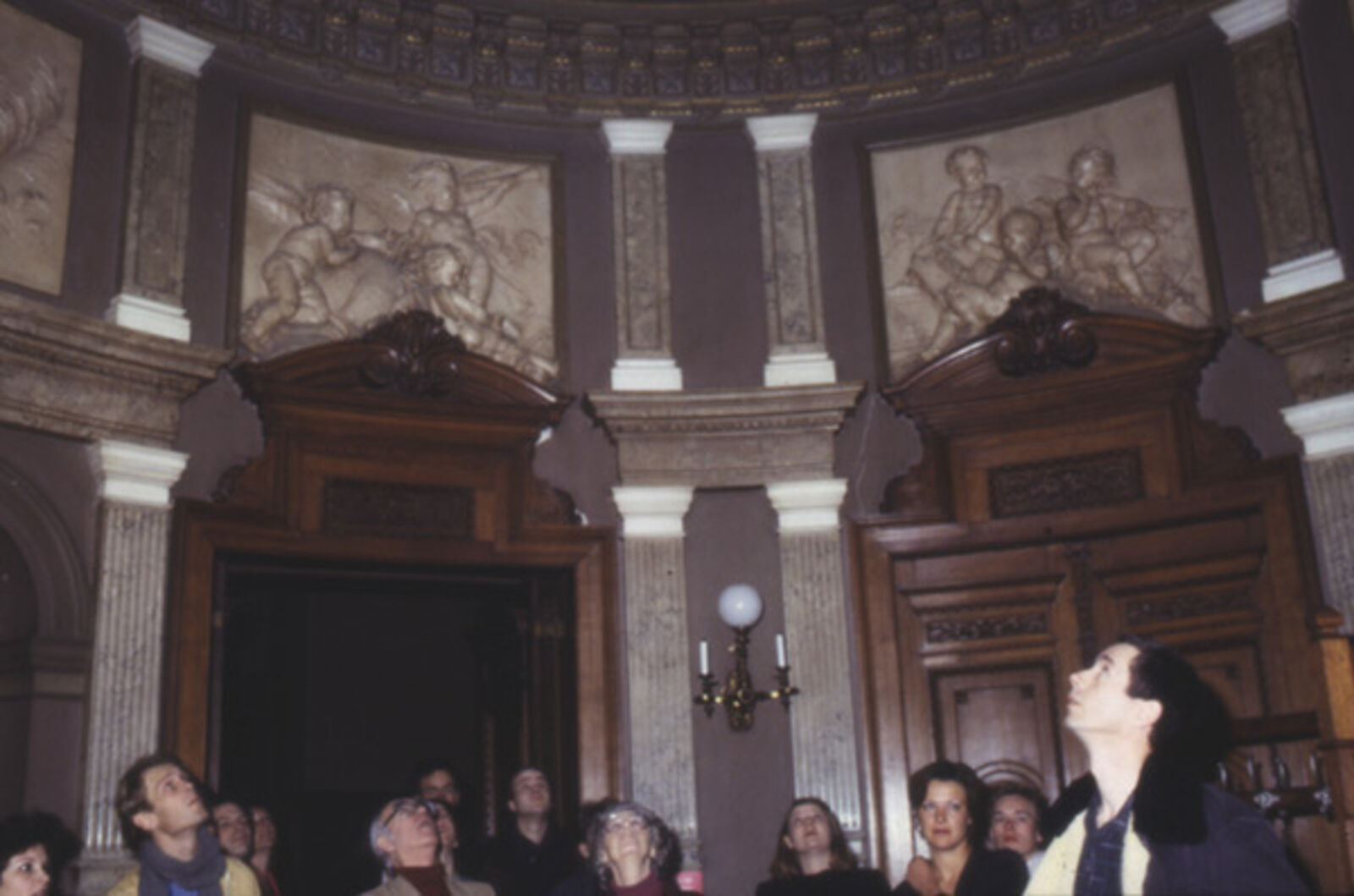
Waldo Bien, Transformations in the consciousness II
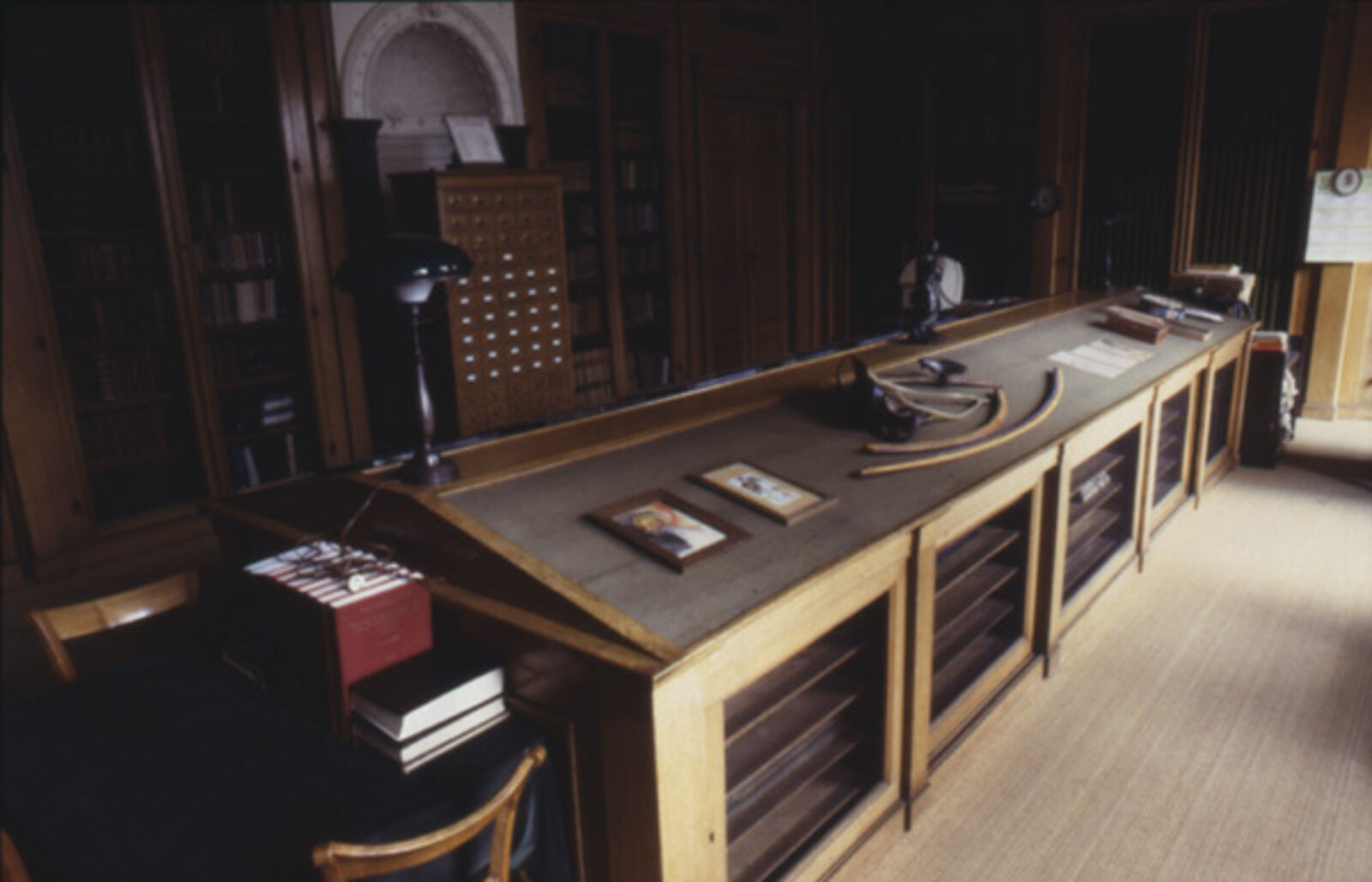
Waldo Bien, Transformations in the consciousness III
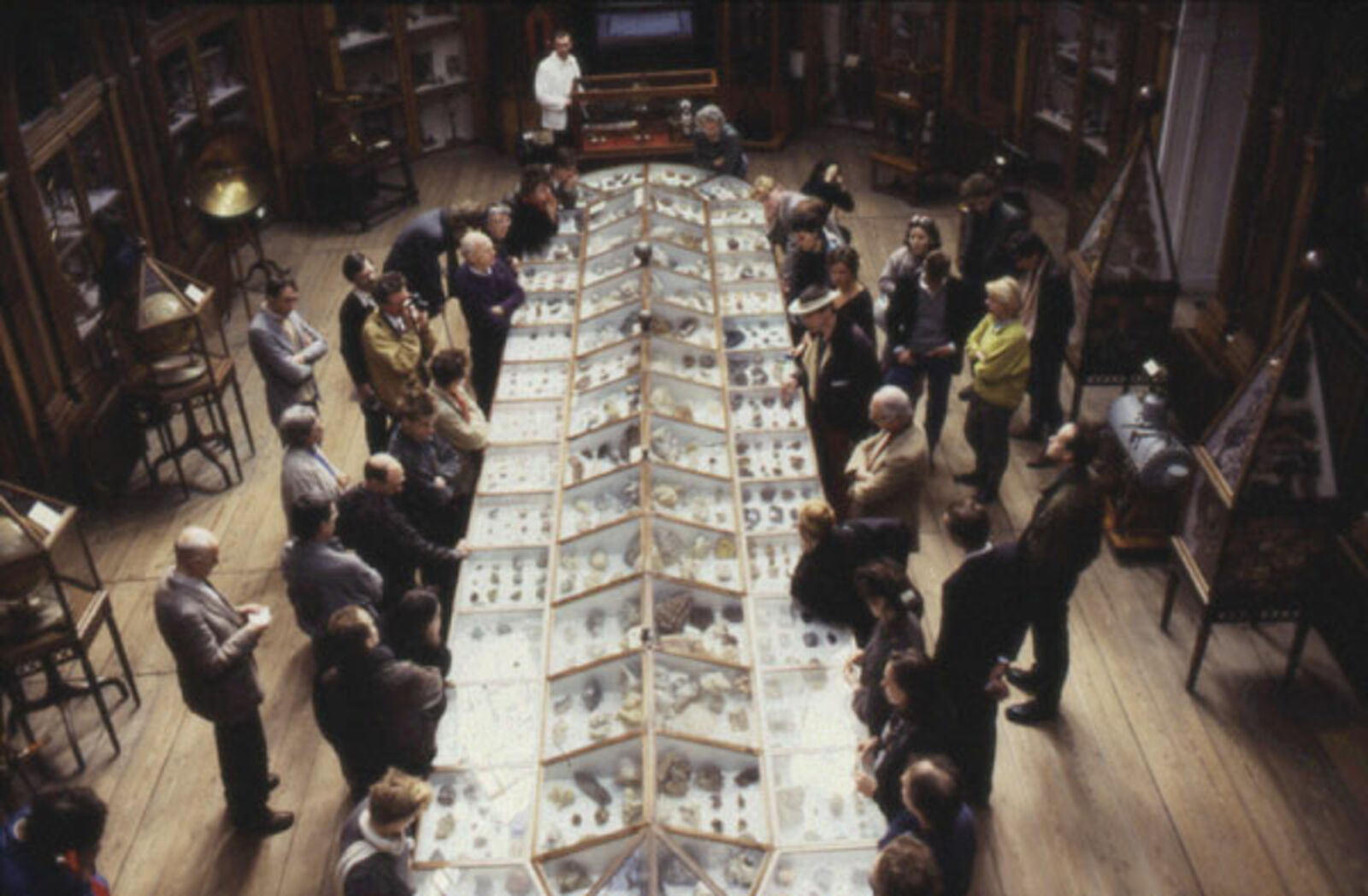
Waldo Bien, Transformations in the consciousness IV
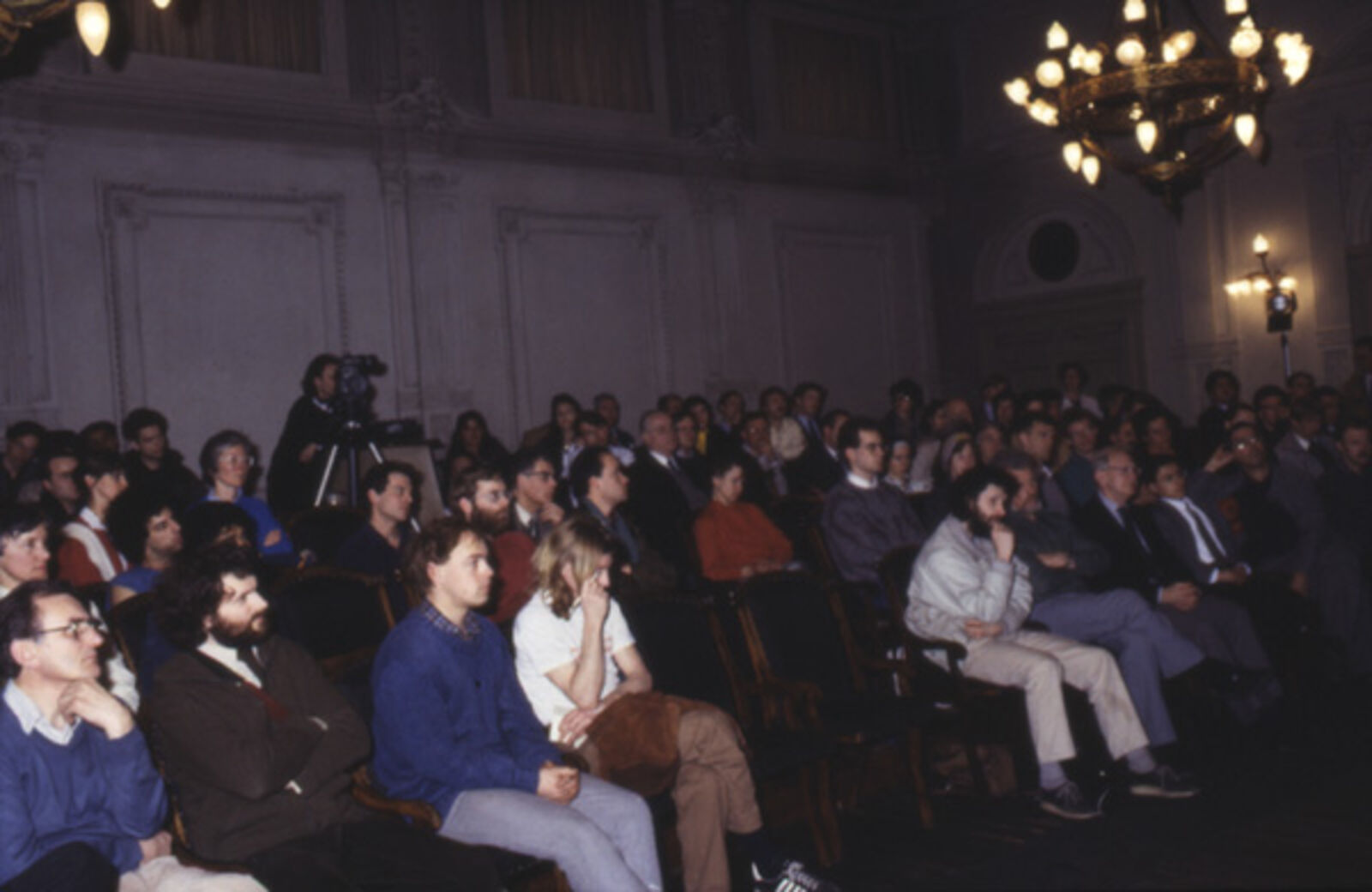
Velimir Abramovic, Tesla's Point of View I
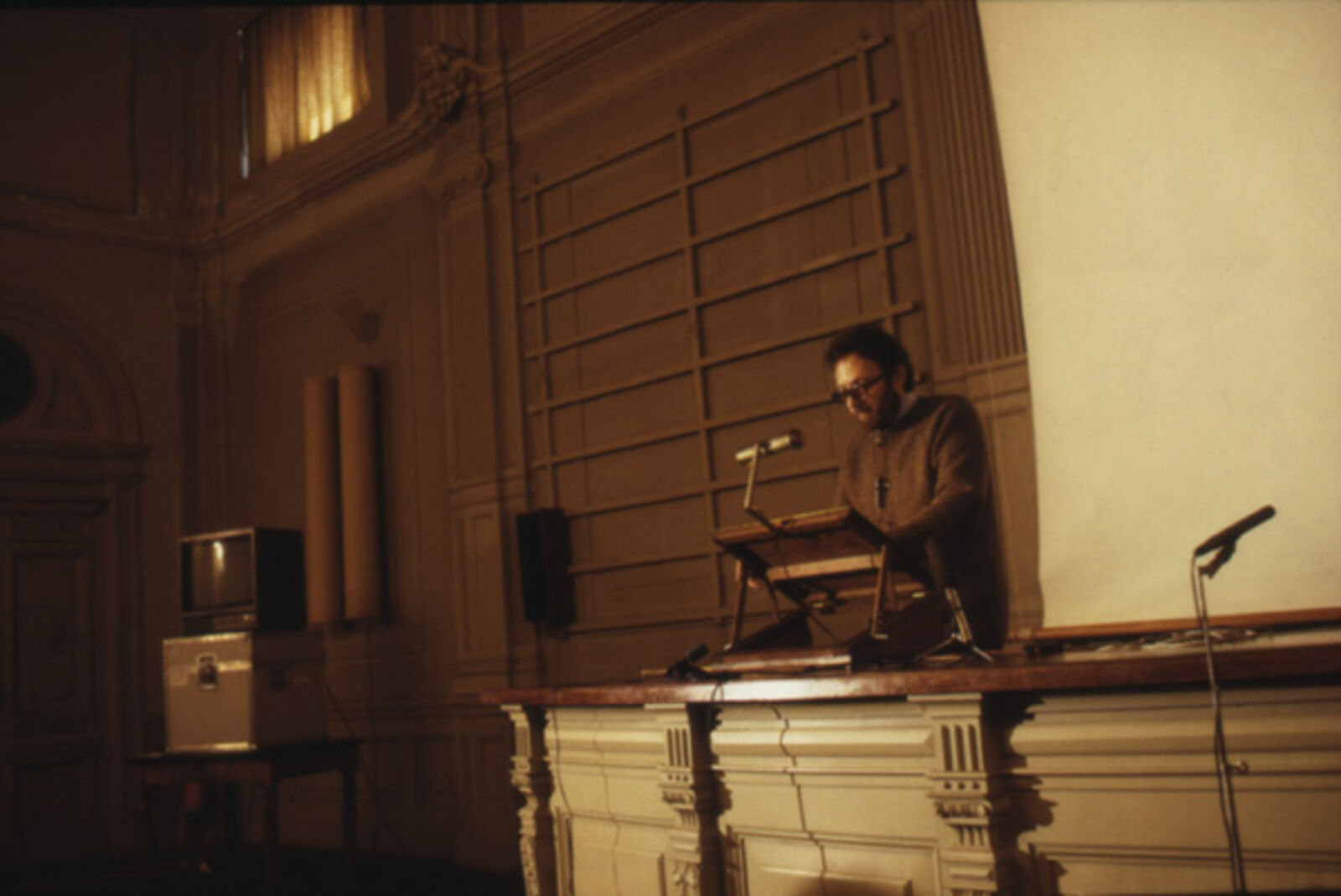
Velimir Abramovic, Tesla's Point of View II
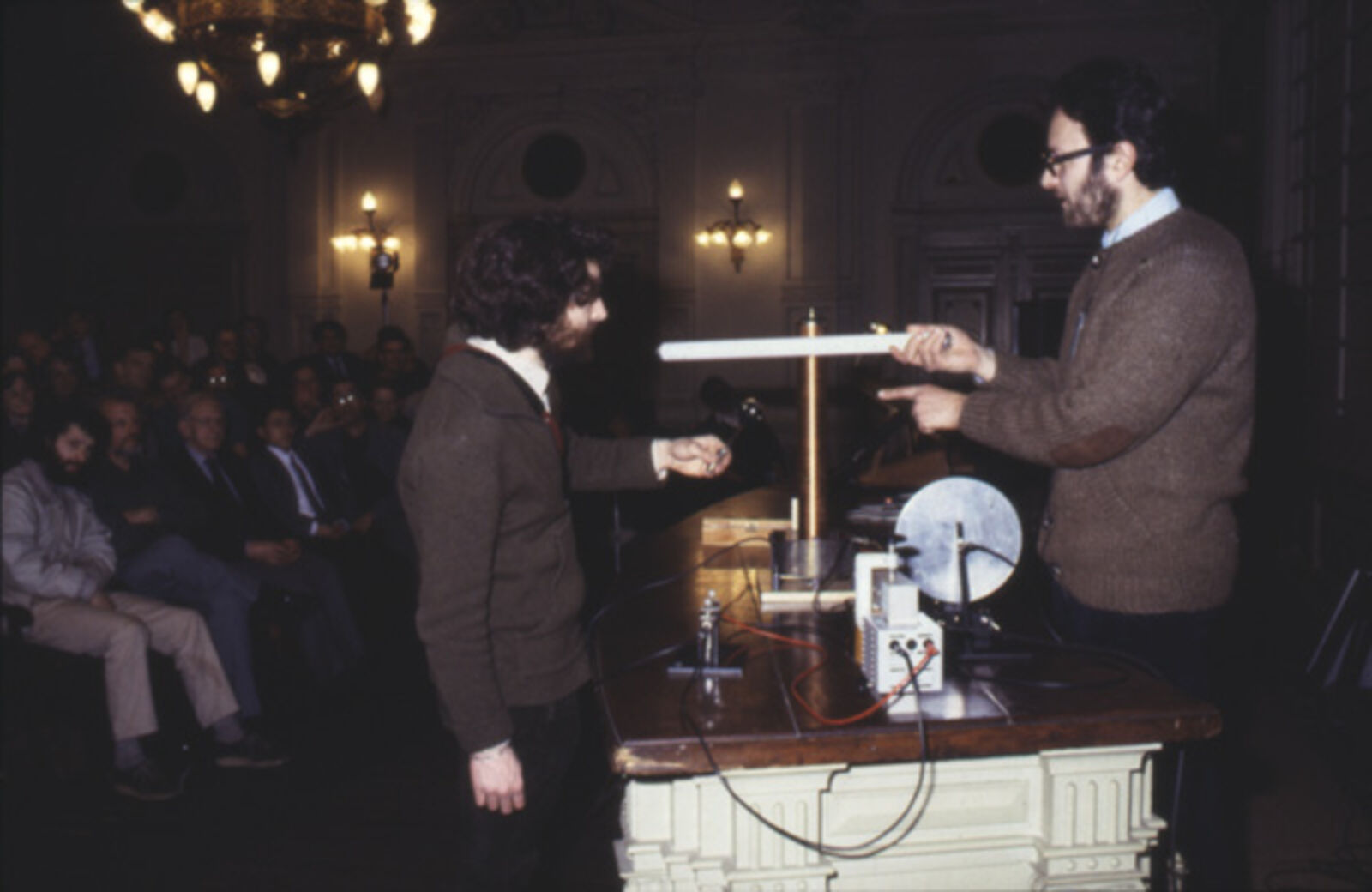
Velimir Abramovic, Tesla's Point of View III
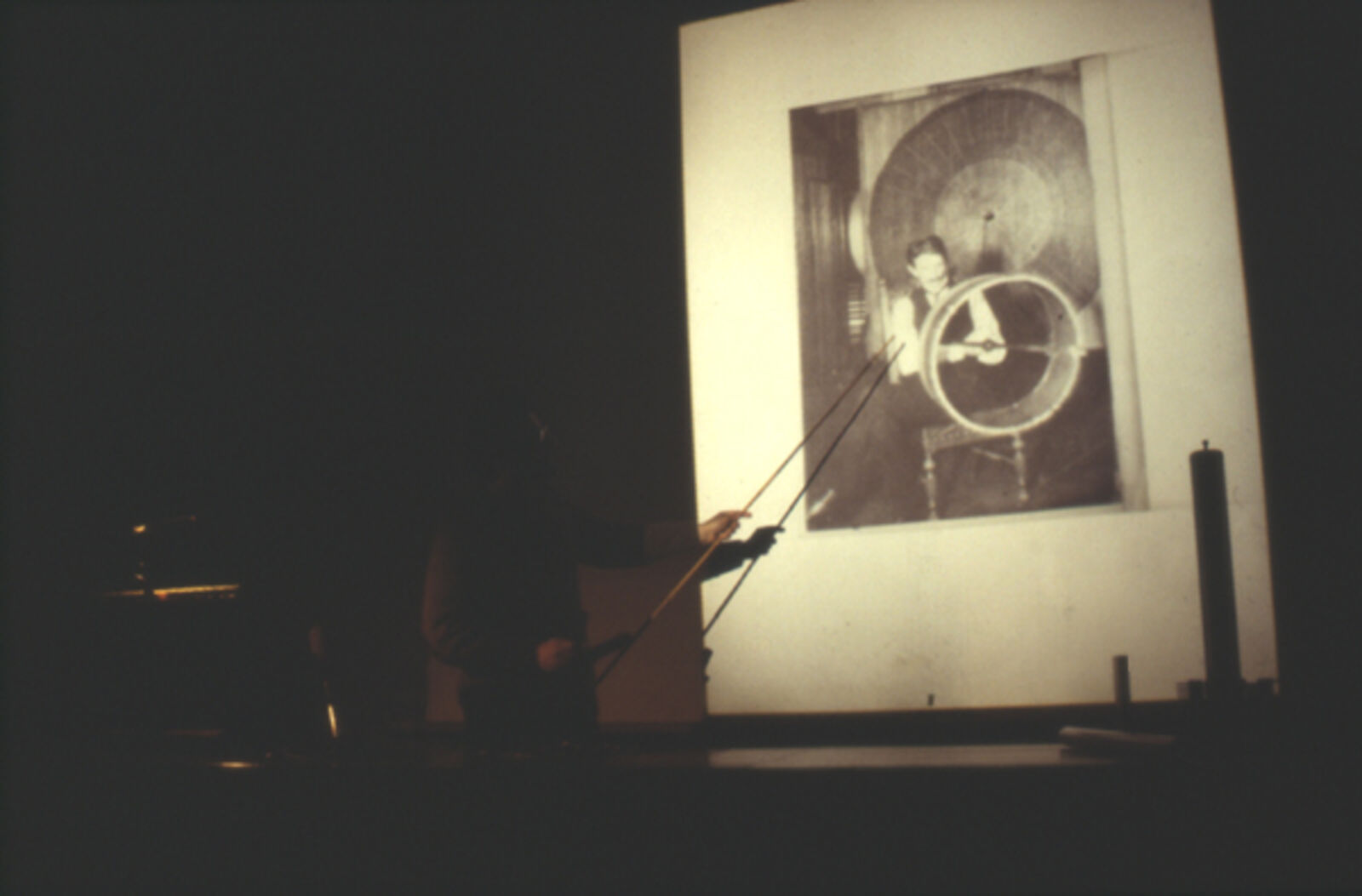
Velimir Abramovic, Tesla's Point of View IV
Location: Teylers Museum, Spaarne 16, Haarlem
10.30 hours: Waldo Bien, Transformations in the consciousness, museumtour and presentation of own works
‘By making a tour of the Teylers Museum, an attempt will be made to establish a relationship between the collection there and Man. What do we have in common, to what extent is the collection itself an image in which our spiritual evolution is mirrored? Aspects of spiritual knowledge (intuition and imagination) form points of departure; to what extent can they as bearers of creativity contribute to a 'humanized science'? What importance has the Planetary development for our consciousness and how is it mirrored in contemporary Man? Why are there only recent (sudden) finds of 'humankind' in relation to plants and animals? If there is a beginning, what and where can there be an end? It will be demonstrated how mathematics are present in both minerals and plants and how, as the creature of Nature and Light, Man himself is rooted in all this.’ (Waldo Bien, ‘Tour of the Teylers Museum by Waldo Bien’, Newsletter De Appel, 1 (1986) 1.)
13.00 hours: Velimir Abramovic, Tesla's Point of View, lecture and slideshow
‘Along with Archimedes and Thomas Edison, Nikola Tesla (1856-1943) is one of the greatest inventors and engineers of all time. Tesla's creative mind was endowed with quite exceptional inventive and imaginative capabilities. It should be emphasized that he was never hasty about starting concrete work. When he got an idea, he could construct it in his imagination and was able to operate the device mentally so as to make changes and improvements. ‘For me, it is absolutely immaterial’, he once said to a friend, ‘whether I test my turbine in my thoughts or in my shop. I can even check whether or not it is out of balance.’ Thus he was able to complete the conception stage of his inventions without the need for experimentation and to give his ideas a mental concreteness which may indeed refer to Michelangelo's claim that each lump of stone has a certain sculptural form hidden within itself. The method taken by Tesla's art of making scientific apparatus was very similar to the process involved in the creation of an inspired work of art. Mentally and emotionally, he was entirely and acutely focused on this unique world of strange ideas which was accessible only to him. His description of the semiconscious moment of falling asleep is deeply indicative and significant: ‘When I close my eyes, I invariably observe first a background of a very dark and uniform blue not unlike the sky on a clear but starless night. In a few seconds this field becomes animated with innumerable oscillating flakes of green, arranged in several layers which advance towards me. Then, to the right, there appears a beautiful pattern of two systems of parallel and closely spaced lines. They are at right angles to one another and in all sorts of colours, with yellow-green and gold predominating. Then the lines grow brighter and the whole effect is thickly light. This picture moves slow I y across the field of vision and after about ten seconds vanishes to the left, leaving behind a ground of rather unpleasant and inert grey which quickly gives way to a billowing sea of clouds, seemingly trying to mould themselves into living shapes. It is curious that I can not project form into this greyness until the second phase is reached. Every time, before I fall asleep, images or people or objects flit before my eyes. When I see them, I know that I am about to lose consciousness. If they are absent or refuse to come, it means a sleepless night.’ (N. Tesla, 'My Inventions', Electrical Experimenter, New York 1919) Tesla was not a mere engineer or simply an inventive scientist as he is usually portrayed today. He was more of an old-fashioned wizard or alchemist since, as is obvious, his ideas originated from a source of the most profound yet historically unrecorded and still undiscovered wisdom. Thus, an enigma remains forever and only a part of the background to this work can be elucidated.’ (Velimir Abramovic, ‘The method of Tesla’, Newsletter De Appel, 1 (1986) 1.)
Waldo Bien & Velimir Abramovic "Transformaties in het bewustzijn & Tesla's Point of View".
photograph

